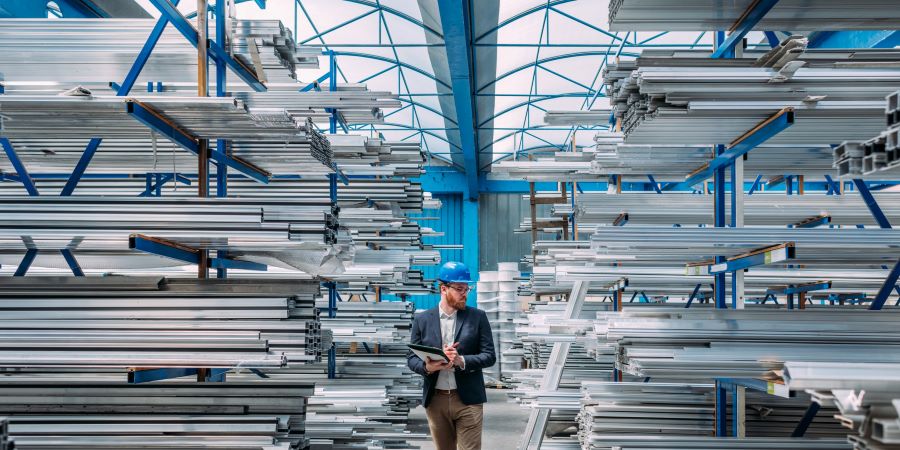by Velislava Dimitrova, Portfolio Manager, Fidelity International
The world needs to slash carbon emissions to avoid the worst effects of climate change. Easy to say, hard to do. It means reversing over 150 years of rising greenhouse gas emissions and reaching net zero targets within 30 years.
And it will cost around $144 trillion to achieve, almost seven times the annual U.S. GDP.1 But the urgent need to decarbonize offers companies producing renewable energy and other low-carbon technologies the potential for decades of growth.
Around 37 billion tonnes of greenhouse gases were emitted in 2019.2 Then came COVID-19, and global lockdowns that saw factories shuttered, aircrafts grounded and populations confined to their homes. But even the most draconian restrictions on human mobility in modern times only led to an 8–9% decrease in global CO2 emissions in the first half of 2020.3
Getting started
Unfortunately, there is no silver bullet that offers a 100% decrease overnight. But there are steps we can take today, such as replacing coal-fired power and oil-based transport with the best low-carbon solutions available. Installing wind turbines cuts emissions by 93% (compared to fossil fuel plants).4 Switching to electric vehicles will more than halve cradle-to-grave emissions from cars, while green hydrogen fuel cells can decarbonize heavy-duty trucks by 87%.5 The meatless burger reduces emissions by 90%, and lab-grown meat by 78%. Insulation alone can halve the emissions associated with buildings.6
Many technologies, such as wind and solar, are economical even without subsidies. Others require significant amounts of public and private capital to rival cheaper carbon-heavy technologies. All areas need to be scaled up aggressively to meet decarbonization targets set by the Paris Agreement. So even if valuations among wind and solar companies look expensive today, we believe long-term growth expectations for many will prove more than justified.
Carbon prices will rise
The World Bank estimates that carbon prices must be 2.5 to 5 times higher by 2030 to achieve the emissions reduction goals of the Paris Agreement. Carbon cap-and-trade systems have proved controversial in the past, because of carbon “leakage.” This occurs when a carbon price is applied and increases the cost of domestic goods, incentivizing a switch to cheaper imports from countries with no carbon prices. Despite this risk, deeper, broader carbon markets are on the horizon, and as more countries adopt them, the more effective they will become. This could further boost companies in green sectors as “brown” alternatives become more expensive.
As part of its pledge to achieve carbon neutrality, China is set to roll out a national cap-and-trade CO2 scheme that has been running as a pilot since 2014. Its impact has been limited so far due to a low carbon price, but this should change as prices rise. Moreover, a nationwide scheme in China could include sectors that account for an estimated 20% of global emissions by 2030, creating the potential for large-scale decarbonization. The U.S. may follow suit under President Joe Biden. The E.U. cap-and-trade program currently covers emissions from power stations and other industrial plants, but could be extended to other sectors. To deal with carbon leakage, a carbon border adjustment mechanism that would force importers to pay for their emissions has been proposed as part of the European Green Deal.
Decarbonization at scale creates significant opportunities
Existing low-carbon technologies could benefit most from the investment needed to achieve the first 50% of decarbonization – $1 trillion a year, according to Goldman Sachs. These include renewables, industrial and agricultural automation, efficient buildings, the cloud (which has a 50 to 80% lower carbon footprint than onsite data centres),7 alternatives to meat and milk, lightweight materials and second-hand goods platforms. Once current technologies have been fully adopted, a further investment of around $3.8 trillion per year in new solutions is needed to close the gap.8 Some, like green hydrogen and carbon capture, are still in the early stages of development; others have yet to be invented. Many will need renewable power.
The average annual investment for solar and wind alone will top $400 billion per year (on a 1.5˚–2.0˚ pathway) for decades.* Plus, if solar and wind, backed up by battery and green hydrogen storage, replace all present-day thermal generation, benefit from rising demand from a growing population and an emerging middle class, and power the global electric car fleet, demand for these resources will rise to roughly 17 times current levels.*
That is before accounting for electrifying heating in people’s homes, manufacturing green hydrogen to replace natural gas and reducing emissions in hard-to-mitigate sectors such as steel, cement and ammonia. Once these are included, the prospective demand for solar and wind rises to more than 25 times current levels.9
Hydrogen has had several false starts. But as the cost of renewables continues to decline and green hydrogen starts to be produced at scale, it could reduce those carbon emissions previously thought impossible to mitigate within the decade. Of the 70 million tonnes of hydrogen produced today, only 1% is green (i.e., produced using renewable power).10 But if projections that green hydrogen could meet a quarter of global energy demand by 2050 are correct,11 its production could increase to around 700 million tonnes.
The decarbonization challenge is on a scale unmatched in human history. But it is one that offers the companies meeting it a 30-year period of growth that surpasses even the internet revolution. If a big enough investment is made and current and future technologies are fully adopted, then the transition to a low-carbon economy can become a reality. We might not get all the way to net zero as fast as we hope, but we can get very close.
Copyright © Fidelity International










